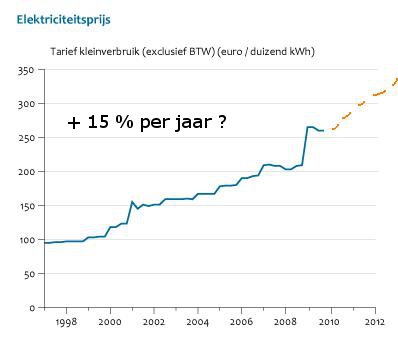Roboeconomics is the economy of a society run on renewables. It has machines powered by renewables doing most of the important stuff, and people benefiting from that mechanized production without necessarily requiring them to work for income. Recycling is easier, the eco system can thrive along modern technology.
Germany is the first country that truely embraces this type of economy, although it might not yet know it. It going to create sources of unlimited renewable energy, as if they suddenly own a clean Cantarel field. It’s intention is official. Volkswagen recently also made a roboeconomic move by commiting to an investment of 1 billion Euro into a wind farm to power it’s factories. Renewables driving robots: Roboeconomy.

German is said in this article to plan an ‘energy turnaround’ and the question is ‘who will pay for this’. But in a roboeconomic world ‘money’ is unmasked for what it truly is, it is energy. So the renewable energy generated by the first and existing installations can power the production of further renewable energy sources, one can either sell it for euro’s and then buy energy to produce, or one can directly channel renewable energy to the silicon purification proces, the cutting of ingots the welding of windturbine poles etc. etc. After sufficient renewables are in place and fossil sources become unattainable the selfbreeding nature of renewable energy will become the expected norm.
Fiat currency emitted by banks will find competition in energy certificates emitted by renewable energy producers. Those certificates will be the new money, and provide energy to the producers whose products consumers like best. The flaws of energy money lie in it’s location specificity, so it’s possible gold will function as a backup currency when translating one producers energy certificates into another, or a standard will be set for effective kwh and on unit can be spend on any renewable proeducer/consumer pair, forcing the producer to make as much electricity as it takes to deliver 1 kWh at the doorstep of the consumer.
Of course this means an incentive for producers to own their energy source, but als renewable manufactoring evolved into a robotic renewable driven process the cost of such energy sources will be close to nothing, it almost becomes a puzzle how to reward people in a cheap world of plentyfull renewable energy.

